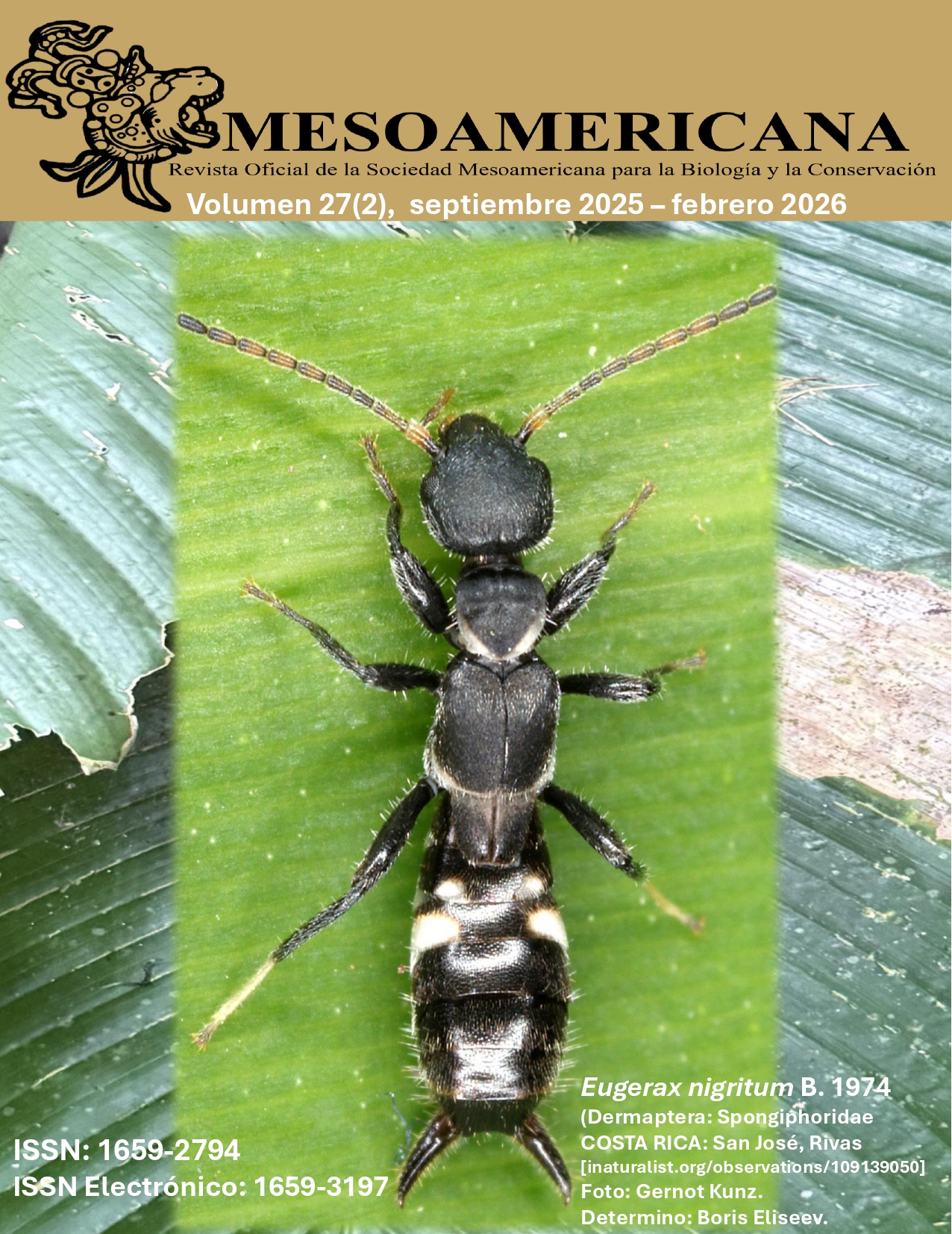

Leptodeira rhombifera is a widely distributed snake found in both dry and humid tropical habitats, demonstrating remarkable adaptability. In this study, we document the refuge behavior of an adult individual on Barro Colorado Island, Panama, where it was observed sheltering in a door frame on seven out of ten visits over two months. Ambient temperatures ranged from 25.9°C to 27.7°C, with relative humidity between 90% and 98%. The recurrence of the same individual in its refuge suggests fidelity to specific microhabitats, likely due to thermal stability and predator protection. Previous studies have shown that refuge selection in ectothermic snakes is influenced by thermoregulation and security, and in this case, the use of an anthropogenic structure could indicate an adaptation to human-modified environments. The observation of this behavioral pattern suggests that L. rhombifera possesses advanced spatial awareness, allowing it to optimize both its physiological well-being and ecological security. These findings enhance our understanding of the species' refuge ecology and highlight the role of artificial structures in their behavior, which may have implications for its conservation in anthropized landscapes.